This website uses cookies so that we can provide you with the best user experience possible. Cookie information is stored in your browser and performs functions such as recognising you when you return to our website and helping our team to understand which sections of the website you find most interesting and useful.
authentic food tourism
how to develop authentic food tourism
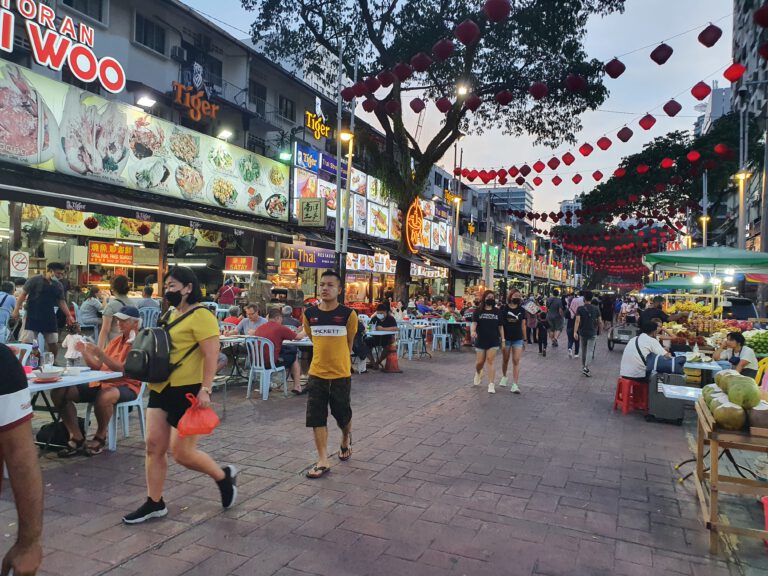
authentic food tourism increases tourist satisfaction
When going on holidays, tourists often seek a dining experience, that is as authentic to the region as possible. Especially in tourist hotspots, often that is not the case. Consequently, some tourists leave the place disappointed and upset. In order to change this, designing authentic food tourism is crucial to create an atmosphere in which tourists feel like they are part of the culture and history of the place.
1. Visually design the location
First of all, elements like traditional decorations that are included in the interior and exterior design of the location help tourists to be able to visually connect the food to the place. Then, they can see what they already connect with the culture and feel approval for that (Liu et al., 2022). For example, Matsumi restaurant in Hamburg is a typically Japanese designed restaurant. They feature a lot of bamboo decoration and make sure that it actually feels like being in a restaurant in Japan (Matsumi, n.d.). This is how culinary businesses can create authentic food tourism.
2. Tell a story
Second, telling a story about the history of the place and showing the tourists the things around the location helps them to remember the place. Furthermore, it helps them to connect it with the culture of the place and therefore also with the food. With that, a link to the history and heritage of the presented ethnicity can easily be made for the tourists (Liu et al. 2022). A story can also be created by the location. For example, Bromberg-Alm offers a small place with a view on the alps. In the restaurants it looks typically Bavarian. In paticular, they serve Bavarian food in traditional clothes (Schlemmer Atlas, n.d.).
3. Create an experience
In addition, the more senses activated and connected, the better the memory and the experience of the tourists. An authentic food tourism experience attracts more tourists to the location (Taks et al, 2019). Especially, when the experience is not ordinary and gives added value to the overall tourist experience of a destination (Pladdet, 2019). By telling a story, seeing and feeling different things, tasting and smelling exotic spices and hearing traditional music, tourists will be able to feel like being thrown back in history. This is how they can experience a genuine and authentic food tourism experience (rapiergroup, 2018). Migo in Berlin is a Morrocan restaurant. It does not only offer authentic food but also the staff and the decoration at the place are Marrocan. People recommend the place especially, because it makes them feel home (El Atifi, 2019).
the need for authentic food tourism experiences
Authenticity and especially food tourism are more important than ever. Gen Z is striving for authentic experiences when going on holidays. Food tourism evolved to one of the biggest tourism niches post pandemic. This gives many opportunities to local tour operators to create food travel products, especially in developing countries (acorn, 2021).
In conclusion, by creating an atmosphere in which tourists feel like they are part of an extraordinary experience where they can dive into another world and learn more about a culture, an authentic food tourism experience can be created by dining locations at food tourism destinations. Suitably designing the location, telling a story around the food, and finally creating an experience for the location are therefore important factors to develop food tourism to be more authentic. Hence, tourists will get the chance to learn more about the places culture and history. This helps tourists to leave the place with positive food tourism associations.
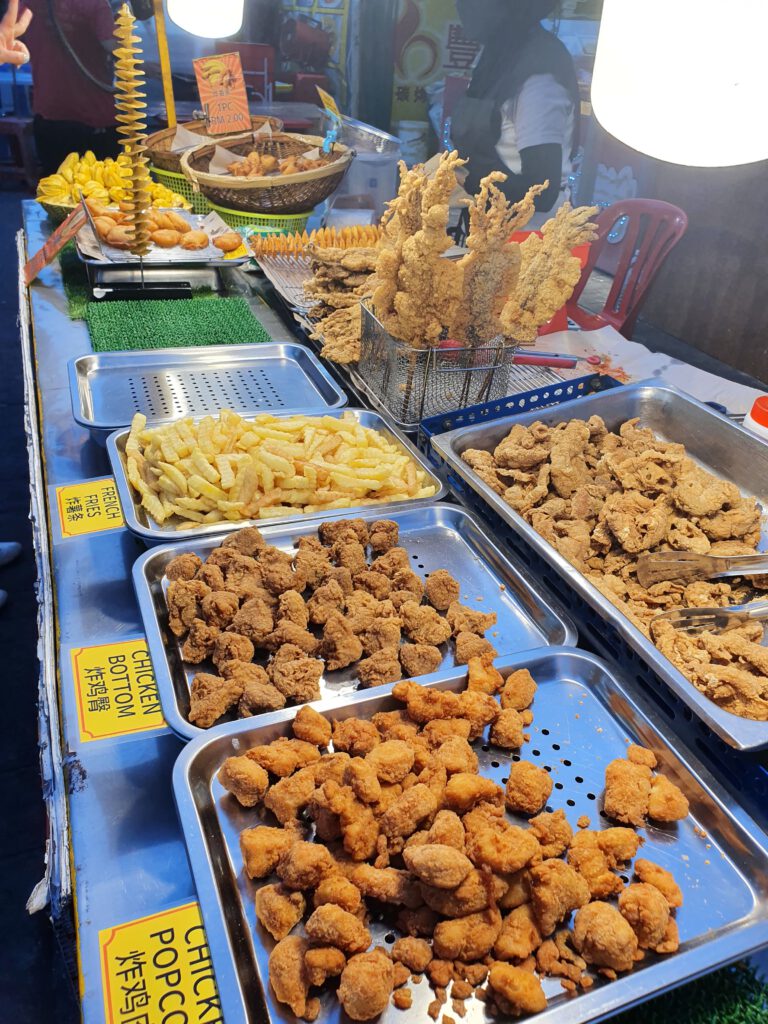
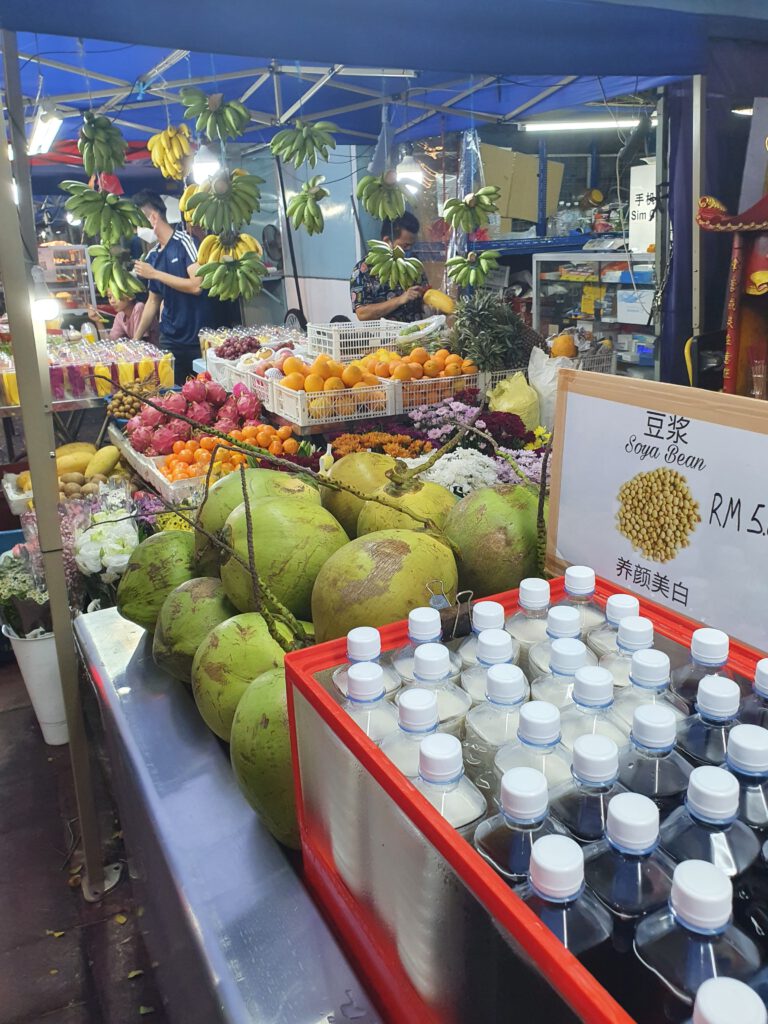
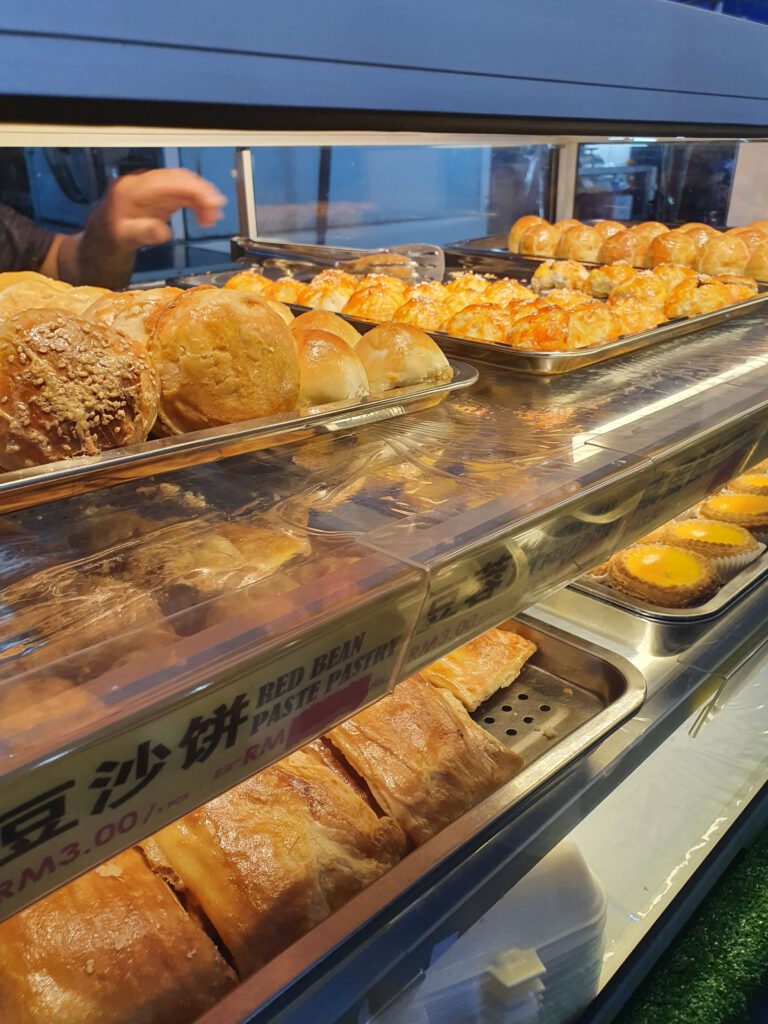
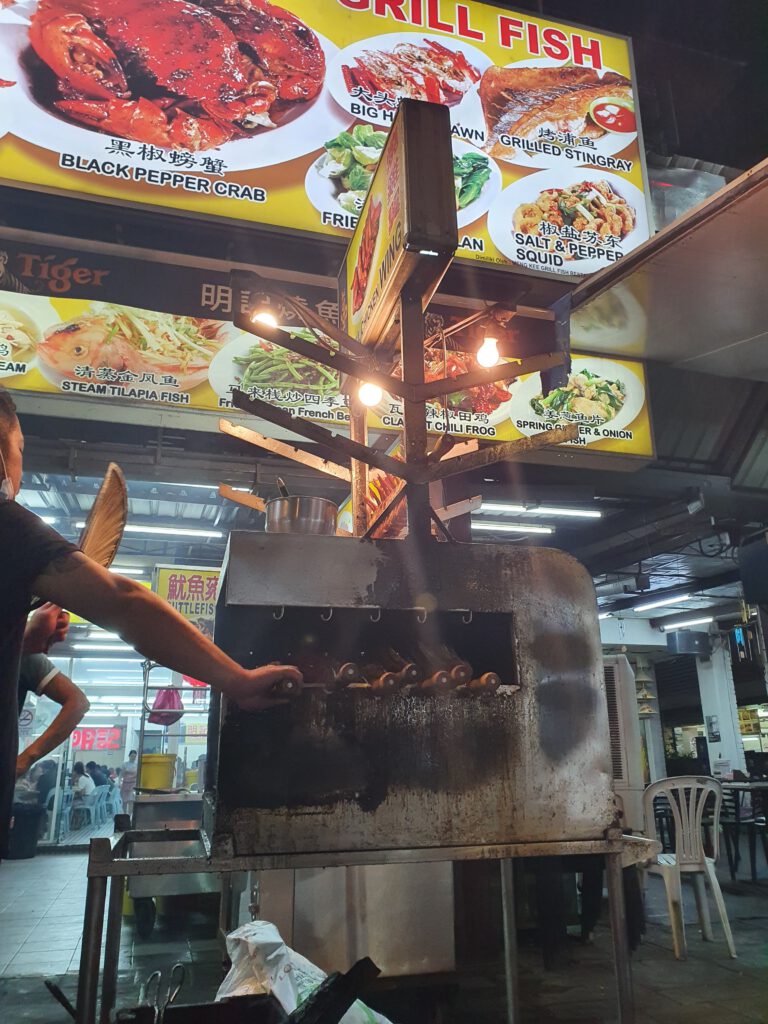
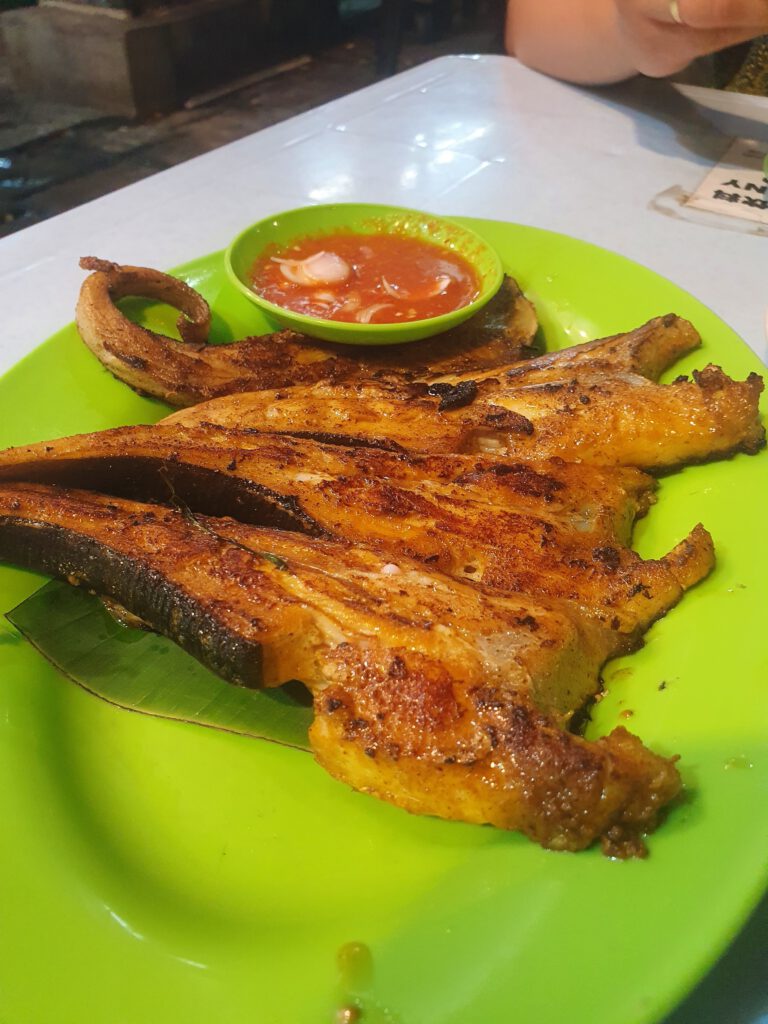
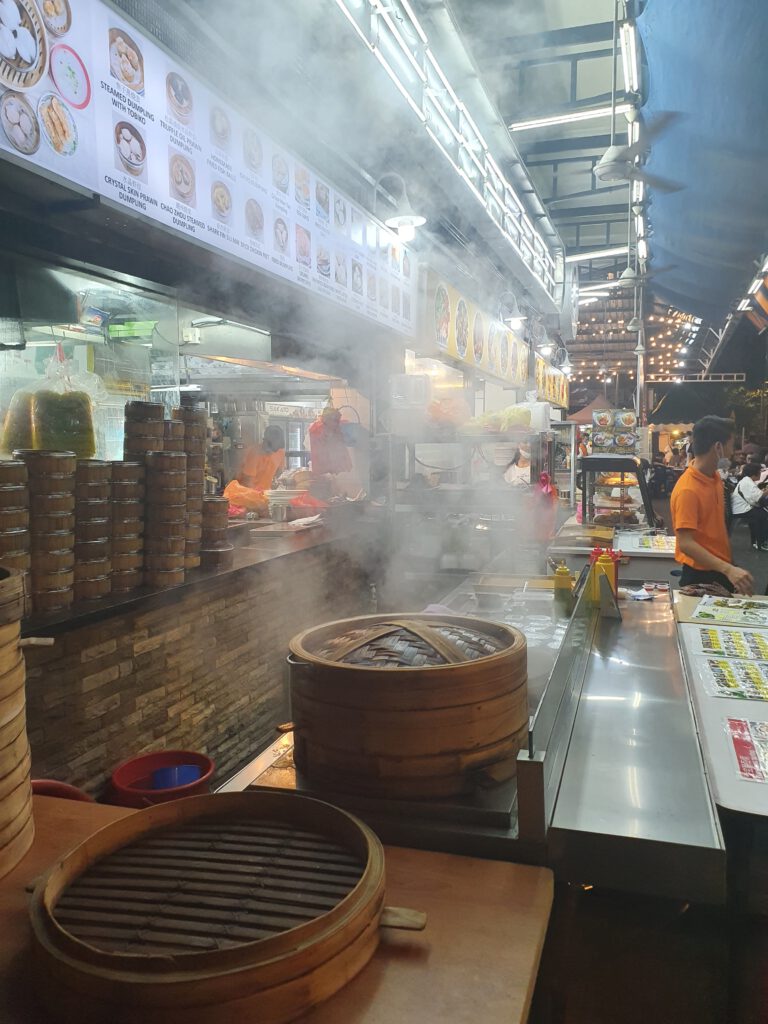
Do you want to design food tourism as authentically as possible at your destination or emphasise the authentic food tourism experience at your culinary business? Approach us for more information!
Sarah Terborg & Laureen Rashof, 30.08.2022
sources
Athanasopoulou, M. (2019). world foodtravel association. Retrieved from https://worldfoodtravel.org/the-importance-of-authenticity-in-food-and-beverage-tourism/
Acorn (2021). How food tourism is a driver for authentic tourism experiences. Retrieved from https://acorntourism.co.uk/insights/blog/read/2021/05/how-food-tourism-is-a-driver-for-authentic-tourism-experiences-b48
El Atifi (2019). Migo Marokkanische Küche. Retrieved from https://www.facebook.com/MigoMarokkanischeKuche/reviews/?ref=page_internal
Matsumi (n.d.). Das Matsumi. Retrieved from https://matsumi.de/
Taks, M., Chalip, L., Green, B. C., Kesenne, S., & Martyn, S. (2009). Factors affecting repeat visitation and flow-on tourism as sources of event strategy sustainability. Journal of Sport & Tourism, 14(2-3), 121-142. doi:10.1080/14775080902965066
Rapiergroup (2018). Want a memorable event? Activate the 5 senses. [Web log post]. Retrieved on August 17, 2022, from https://blog.rapiergroup.com/want-a-memorable-event-activate-the-5-senses
Saxena, J. (2019) What did ‘authenticity’ in food mean in 2019? [Web log post]. Retrieved on August 11, 2022, from https://www.eater.com/2019/12/3/20974732/authentic-food-definition-yelp
Schlemmer Atlas (n.d.). Bromberg-Alm. Retrieved from https://www.schlemmer-atlas.de/restaurants/deutschland/boebing/bromberg-alm/
Liu, H., Li, H., DiPietro, R. B. & Levitt, J. A. (2017). The role of authenticity in mainstream ethnic restaurants: Evidence from an independent full-service Italian restaurant. International Journal of Contemporary Hospitality Management 30(2), 1035-1053.
Pladdet, A. (2019). The role of authenticity in food tourism development in two historic cities in Malaysia: a comparative case study between George Town, Penang and Ipoh, Perak [Master thesis, Wageningen University and Research]. Wageningen University and Research eDepot. https://edepot.wur.nl/498874
